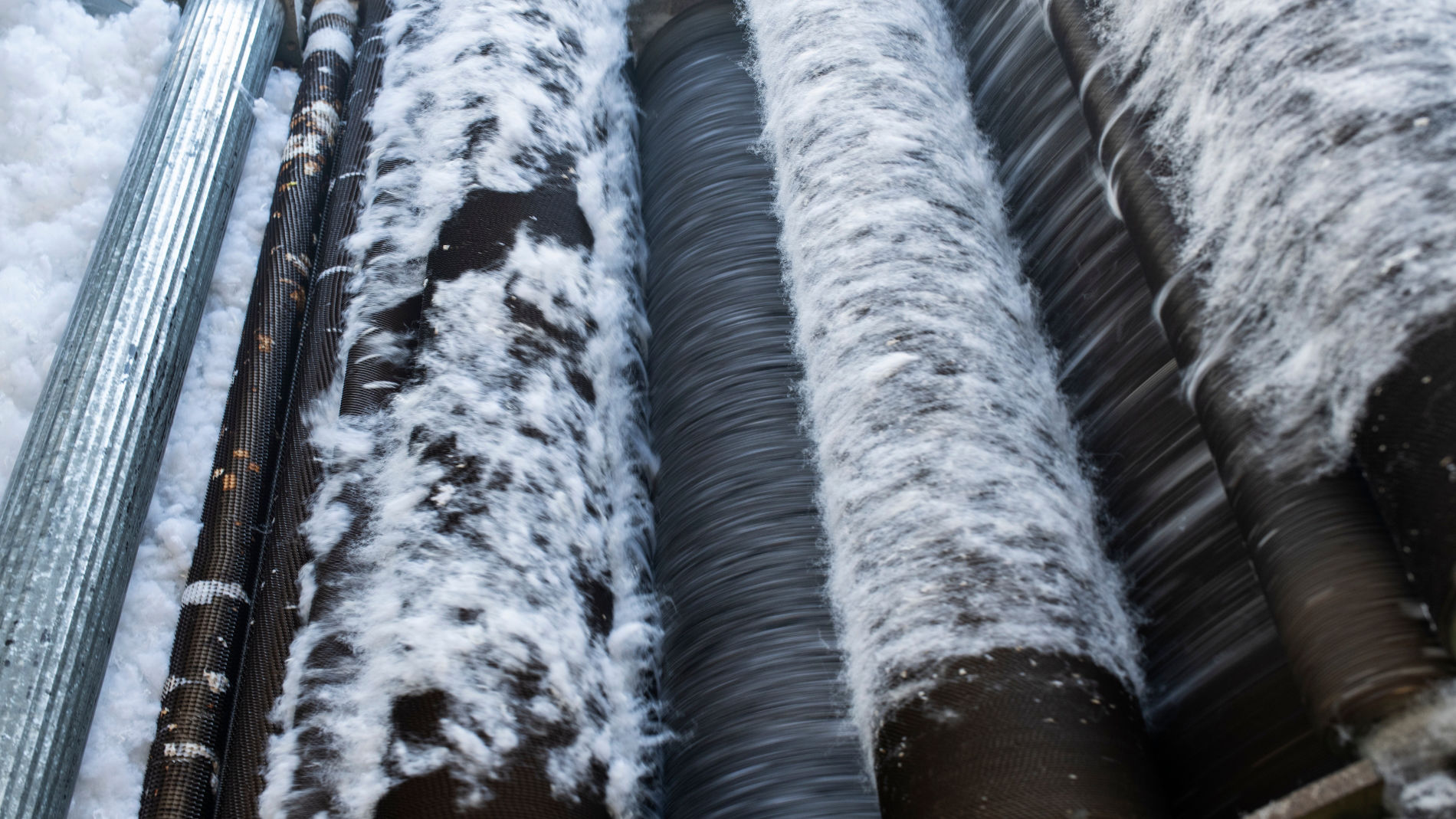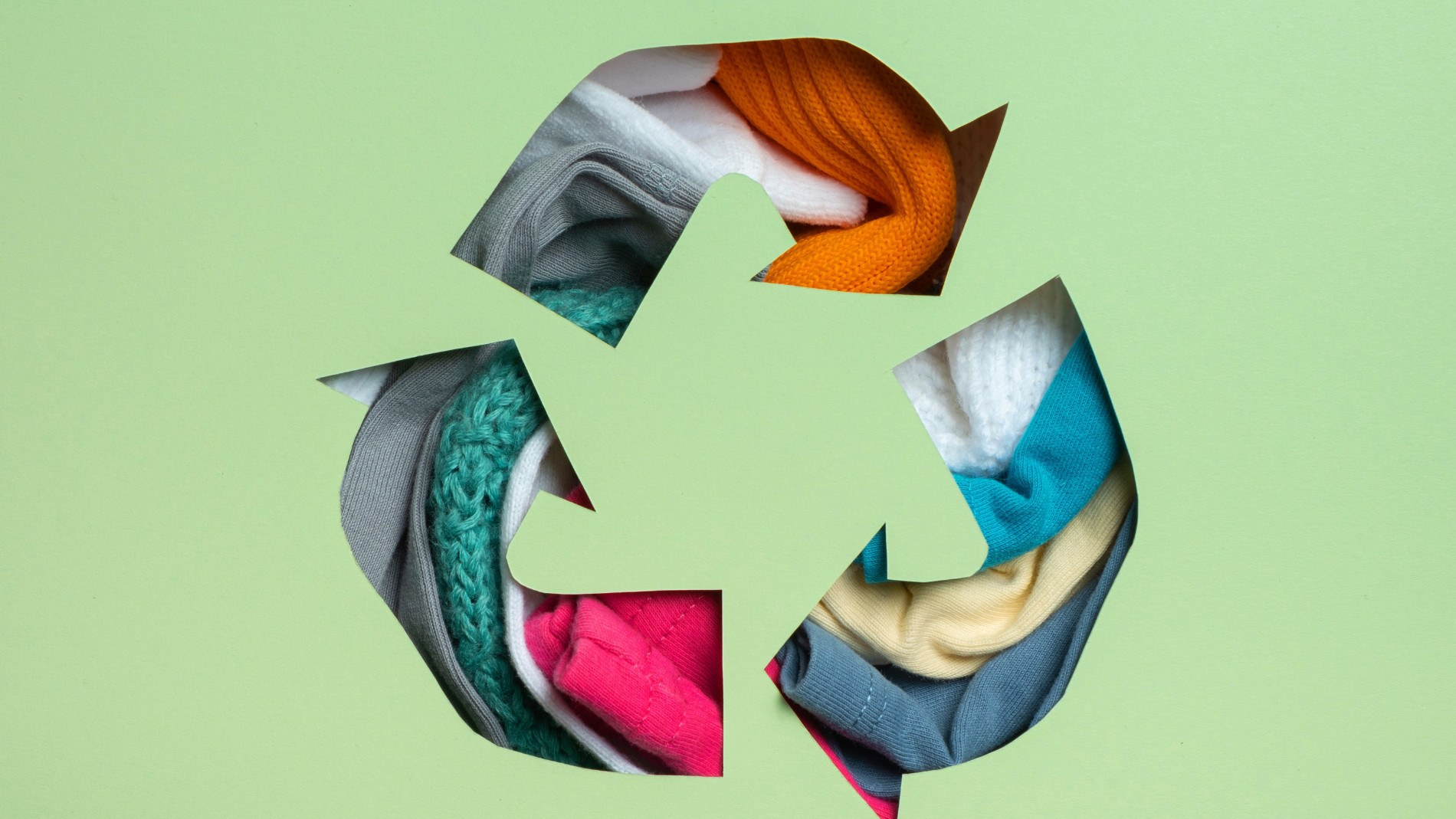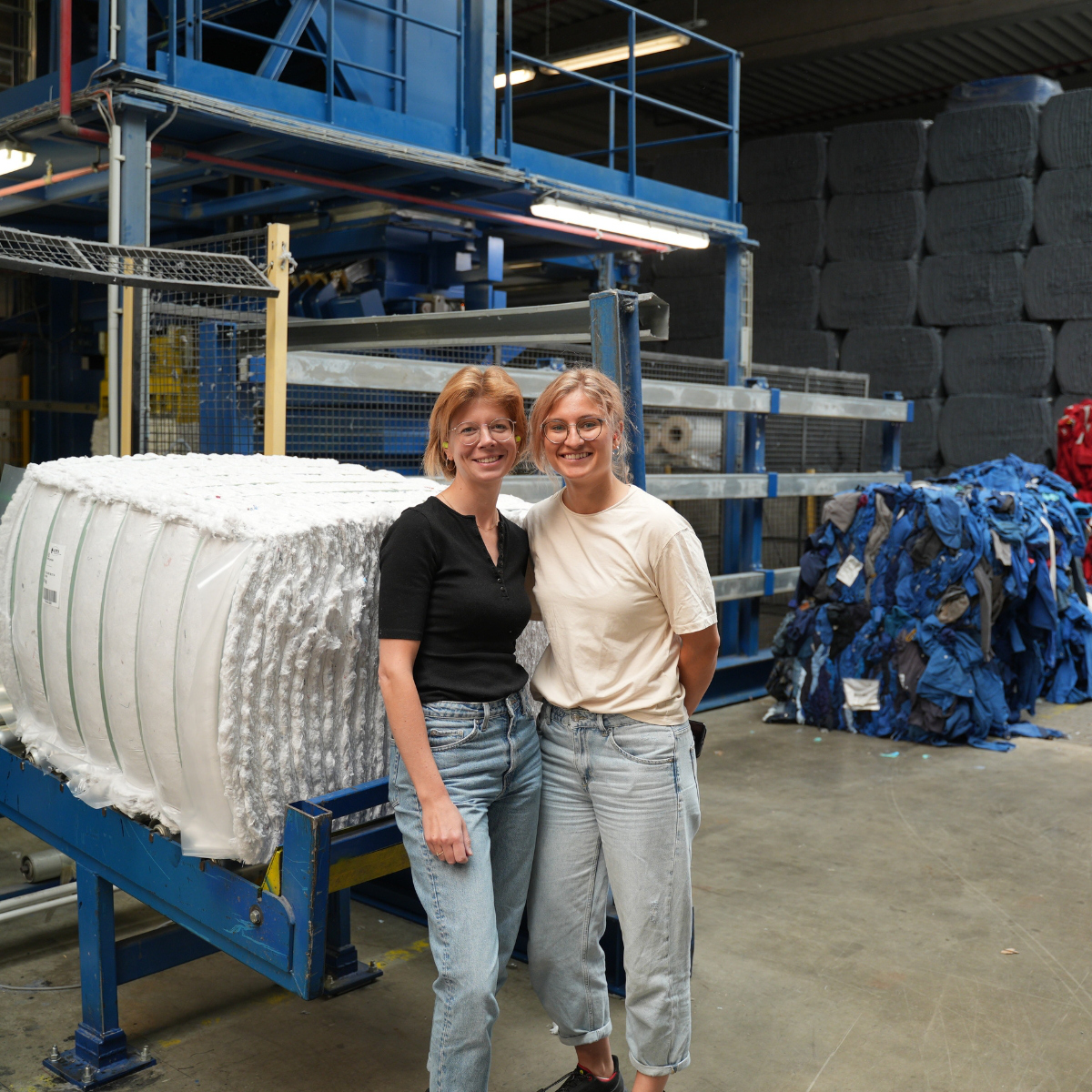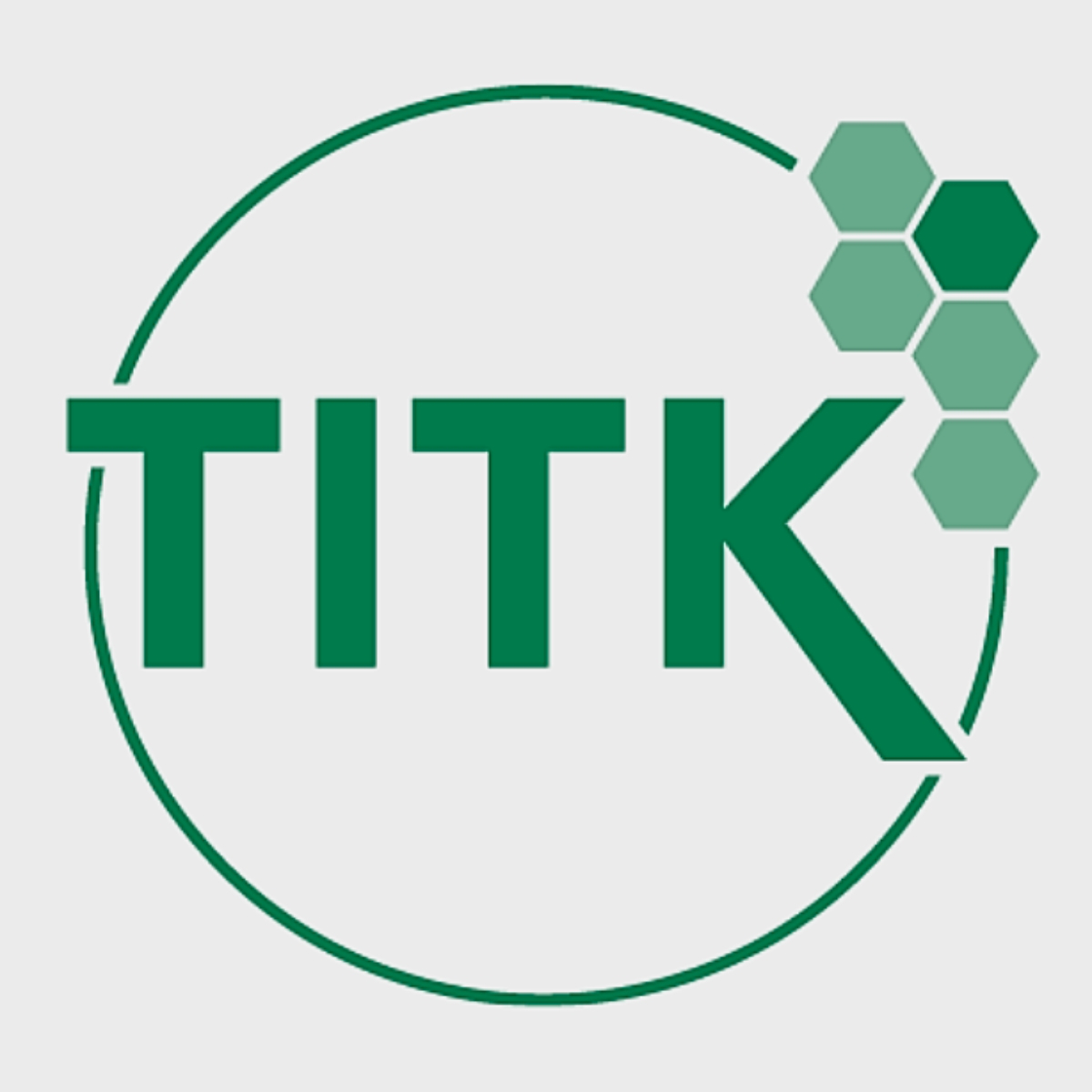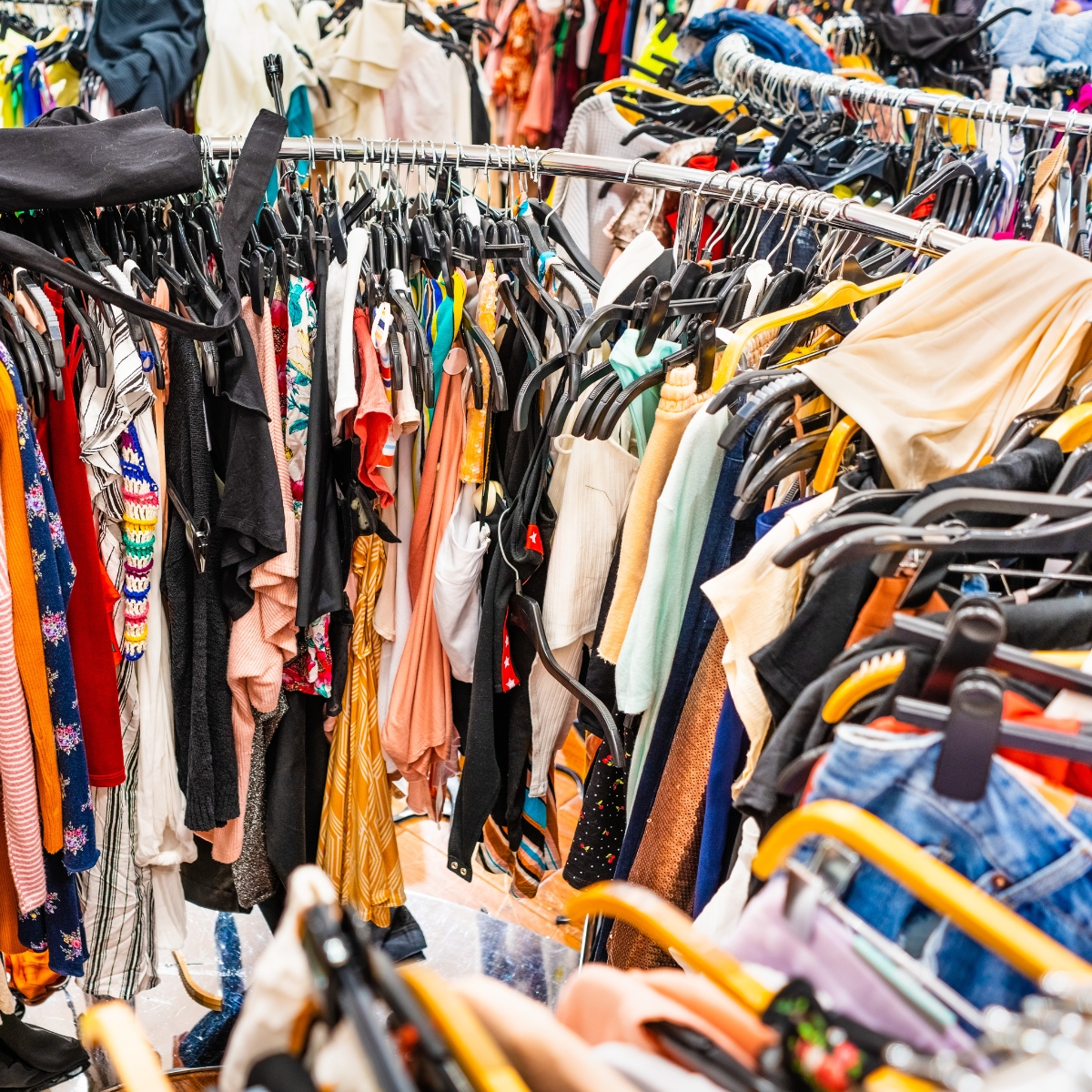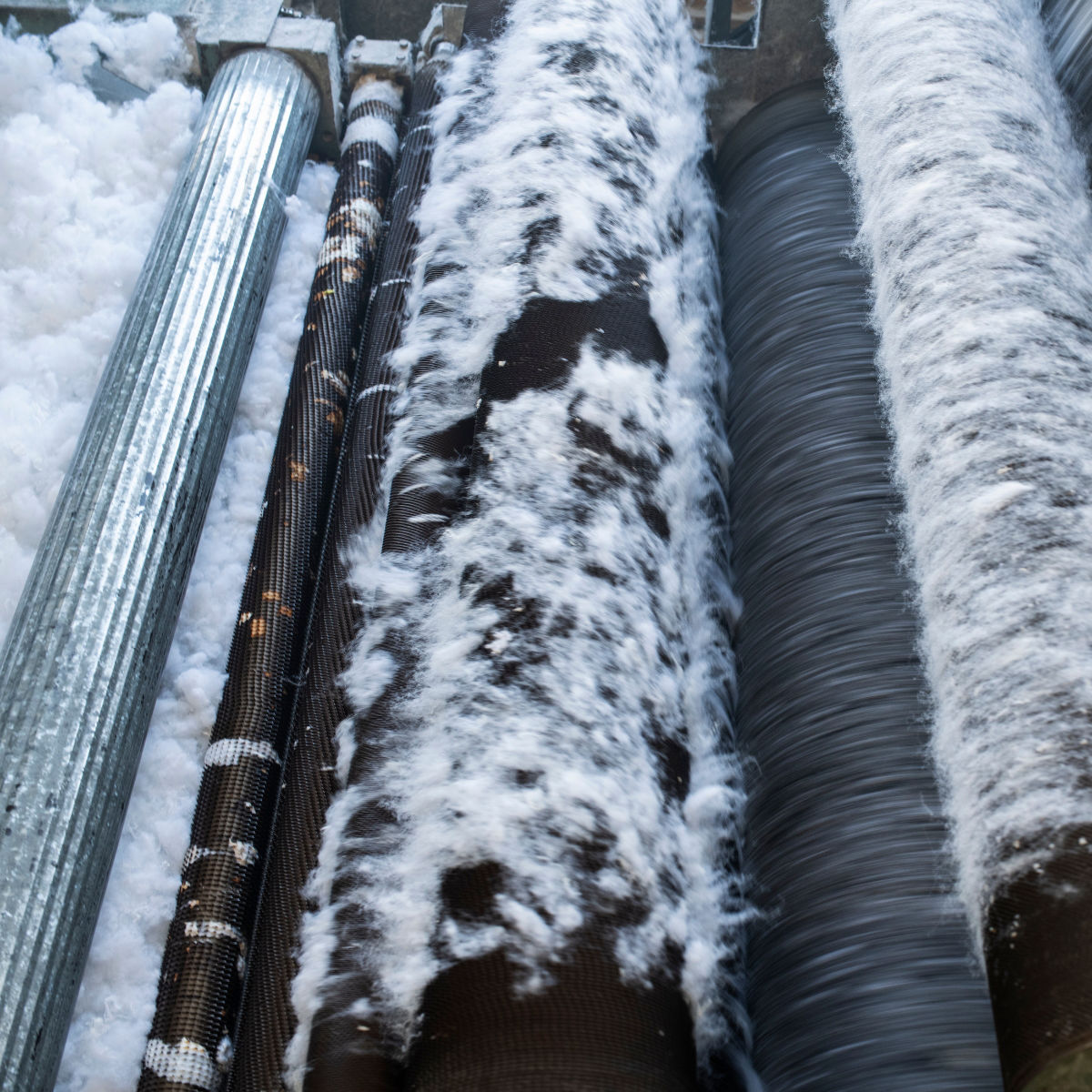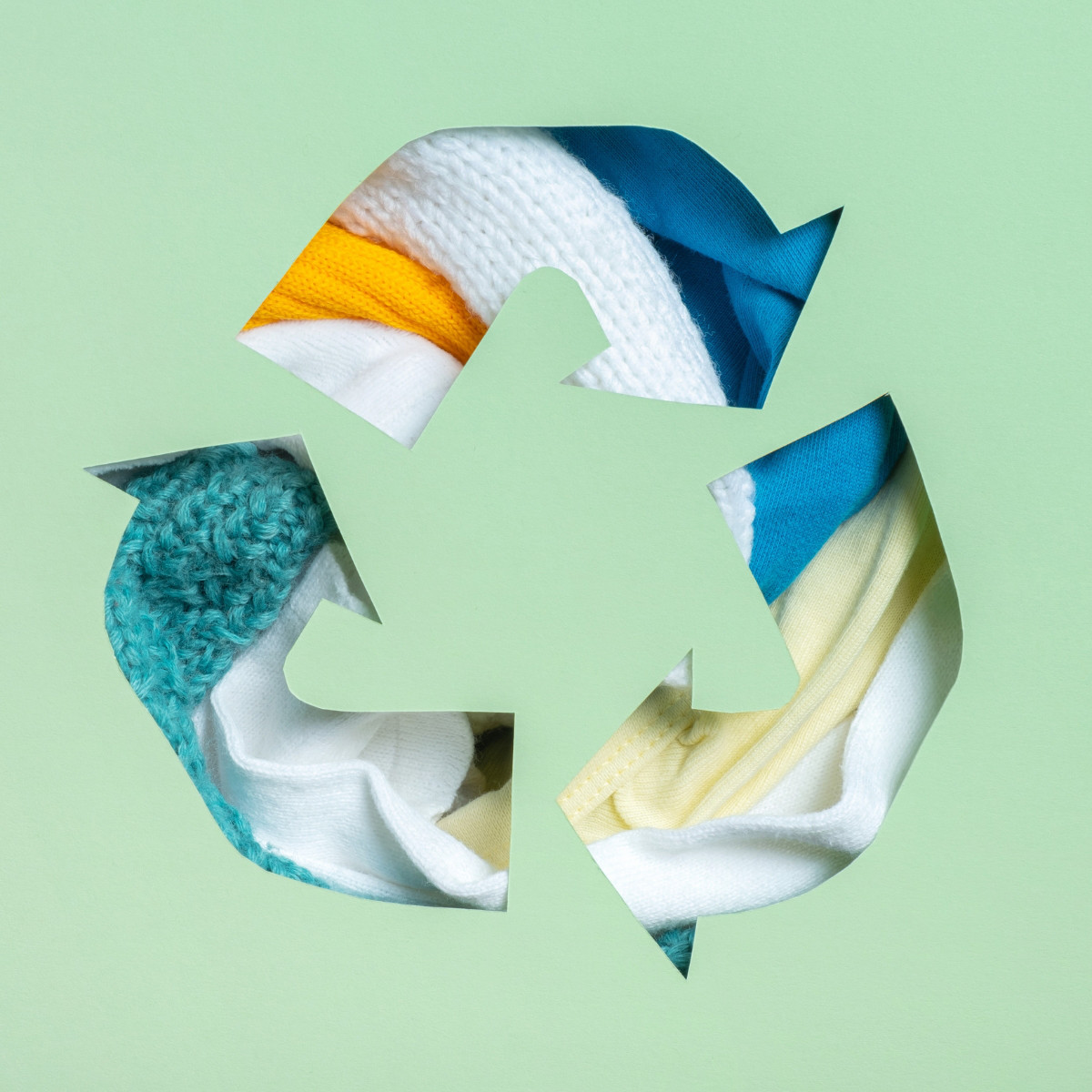Ready for the sustainable transformation in textile care? Textile recycling and circular economy are opening up new paths for efficiency, resource conservation and innovation. Discover articles on future strategies, best practices and industry insights.
Textile Recycling and Circular Economy
Deepen your knowledge: discover all relevant content – in various formats – prepared exclusively for you with practical relevance.

